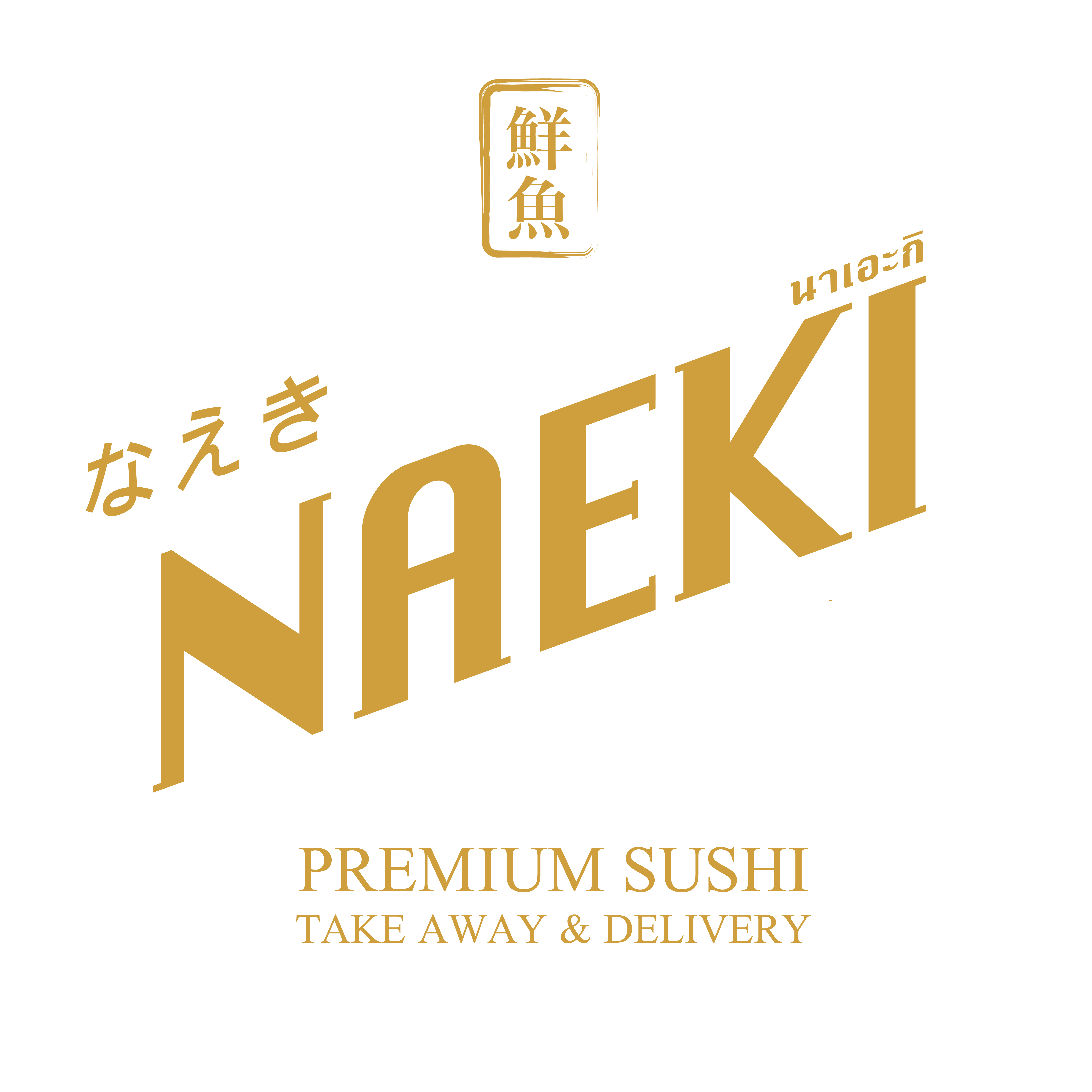Have you ever seen triangular rice balls wrapped in seaweed, or round ones with a delicious filling inside? That’s Onigiri – the popular Japanese rice ball that’s easy to find and loved worldwide. But what exactly is Onigiri, how should you eat it to get the most flavor, and what’s its charm that makes everyone fall in love?
Thank you for reading this post, don't forget to subscribe!What is Onigiri?
Onigiri, often called Japanese rice balls, are dishes made from cooked Japanese rice shaped into various forms, typically triangles or circles, and often filled with ingredients. They are then wrapped with nori seaweed for easy handling and added flavor. Onigiri differs from Sushi in that Sushi uses rice seasoned with vinegar and primarily features fresh seafood, while Onigiri uses plain cooked rice (or lightly seasoned with salt) and focuses on a variety of fillings.
The Long History of Onigiri: From Portable Food to a Beloved Staple
Onigiri is not just a simple rice ball; it boasts a fascinating and extensive history spanning hundreds of years. Dating back to the Heian period (794 – 1185 AD), Onigiri didn’t have the triangular shape we’re familiar with today. Instead, it was molded into an oval, egg-like form for convenient transport during journeys or as provisions for soldiers and field workers who spent long hours outdoors. Its ease of preparation and consumption with one hand made Onigiri a perfect choice in that era.
Later, during the Kamakura and Muromachi periods, Onigiri continued to gain popularity as a portable meal that quickly provided energy. It wasn’t until the Edo period, with advancements in travel and culinary culture, that Onigiri became more widely known and featured a greater variety of fillings. From a simple, functional food, it transformed into a symbol of convenience and deliciousness cherished by Japanese people and people worldwide. Today, Onigiri is readily available everywhere, from convenience stores and supermarkets to specialized eateries in Japan.
Popular Onigiri Fillings
One of Onigiri’s charms is its wide variety of fillings, each offering a distinct flavor. Popular fillings you’ll often find include:
- Umeboshi: Pickled sour plum, offering a refreshing sour and salty taste.
- Salmon: Grilled or seasoned salmon, a timeless favorite.
- Tuna Mayo: Tuna mixed with mayonnaise, a mild and easy-to-eat flavor, popular with all ages.
- Konbu: Sweet and savory seasoned kelp seaweed.
- Tarako/Mentaiko: Seasoned cod roe, with a slightly salty kick.
- Okaka: Dried bonito flakes mixed with soy sauce.
Additionally, there are countless other fillings that vary by region and establishment, such as grilled meat, Karaage fried chicken, tempura shrimp, or even various vegetables.
How to Eat Onigiri for the Best Experience?
There are no strict rules for enjoying Onigiri, but a few simple tips can enhance your experience:
- Eat it immediately after unwrapping: Especially for Onigiri with a separate seaweed wrapper, the nori will remain crispy and fragrant, which is a hallmark of authentic Japanese Onigiri.
- Bite from the corner: For triangular Onigiri, biting from a corner allows you to get a taste of the rice, seaweed, and filling all in one bite.
- Pair with Miso Soup: Onigiri and Miso soup are a perfect match. The warm soup completes the meal.
- Try various fillings: Don’t be afraid to experiment with new fillings to discover your favorites.
What is the Charm of Onigiri?
Onigiri might seem like a simple food, but it holds a charm that captivates people worldwide:
- Convenience: Easy to carry and eat, perfect for quick meals or snacks on the go.
- Approachability: With rice as its main component and a variety of fillings, Onigiri is a delicious and appealing food for people of all ages.
- Comforting feel: Onigiri often feels like homemade food, a comforting treat that warms the heart.
- Healthy option: Many Onigiri fillings are nutritious and provide energy, suitable for those seeking healthy food choices.
- Endless creativity: Both the shape and fillings can be customized, making Onigiri endlessly interesting.
How is it Different from Sushi?
While they may look similar, Onigiri and Sushi have key differences:
- Sushi emphasizes rice seasoned with vinegar, primarily uses raw ingredients like fresh fish, and is typically served in various forms.
- Onigiri uses plain cooked rice (possibly lightly seasoned with salt), its fillings are usually cooked ingredients, and it’s designed for easy portability and eating by hand.
Onigiri is more than just a rice ball; it’s a food steeped in culture and history, a symbol of Japanese cuisine that embodies simplicity yet bursts with flavor. If you haven’t tried Onigiri yet, or are looking for a delicious snack, don’t hesitate to pick up a piece and experience for yourself why everyone loves this Japanese rice ball!
Discover Delicious Onigiri You’ll Love at Naeki GO!
At Naeki GO!, we select high-quality ingredients and meticulously prepare every Onigiri to ensure you experience authentic Japanese flavors that are irresistibly delicious. Prices start from just 45 THB!
Popular Onigiri menus from Naeki GO! that we highly recommend:
- Unagi (Japanese Eel): Rich and savory with fragrant grilled eel and sauce.
- Salmon Teriyaki: Tender salmon drenched in sweet and savory teriyaki sauce.
- Tuna Truffle: Rich tuna mixed with mayonnaise, infused with the luxurious aroma of truffle.
Come and try Onigiri from Naeki GO! today, and you’re sure to fall in love! Do you have a favorite Onigiri filling yet?
